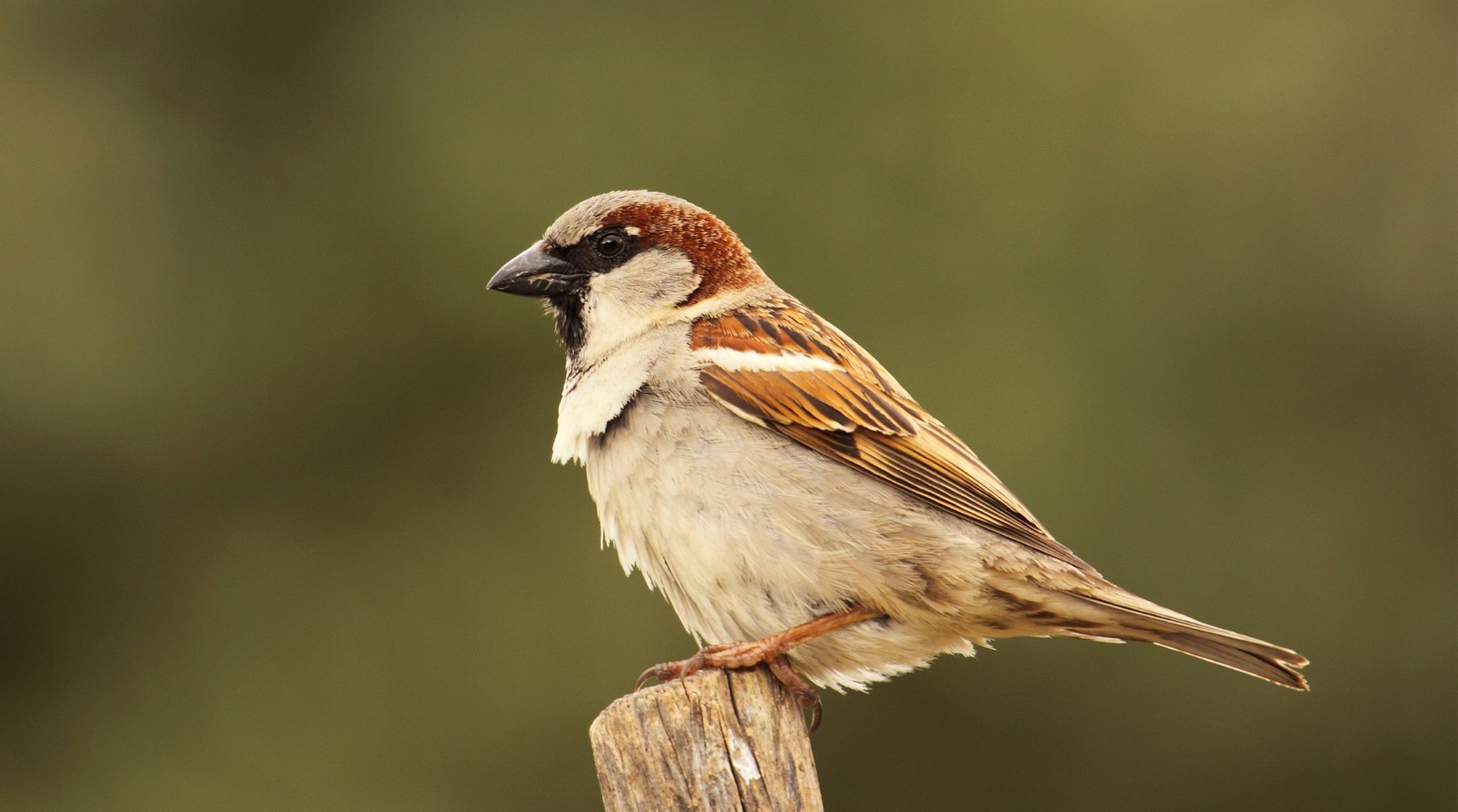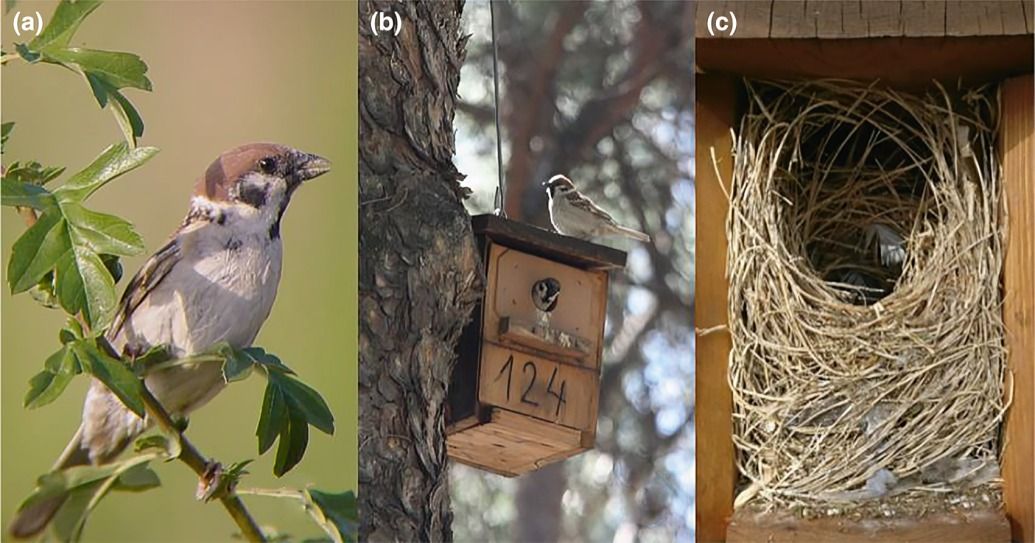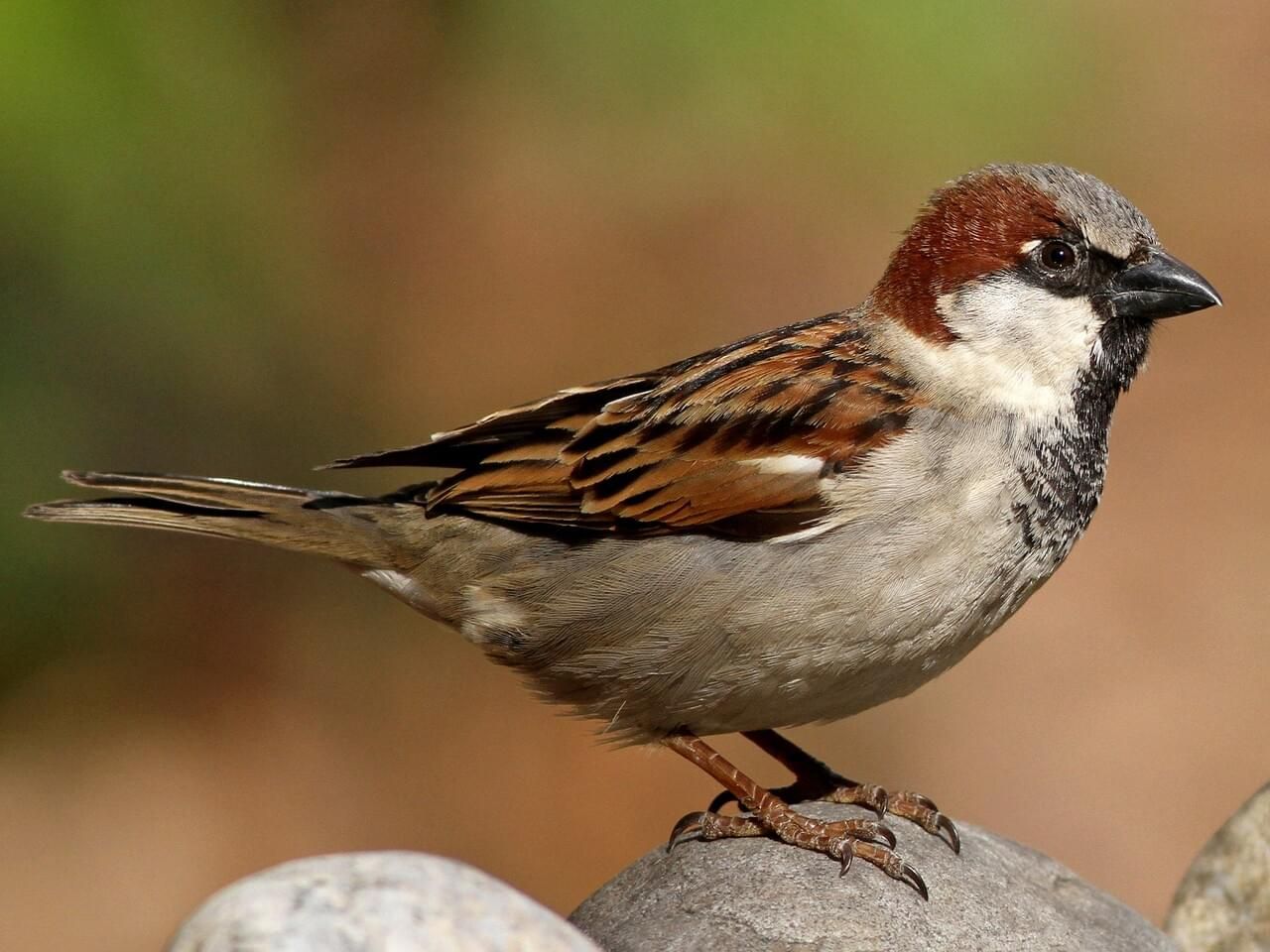
“
Educational Sparrow facts explores the fascinating world of these small yet resilient birds. Throughout this blog, we will scrutinize various aspects of sparrows, from their diverse species and nesting habits to their social behaviors, migratory patterns, and ecological roles. Join us on this journey to learn more about these feathered marvels and gain a deeper appreciation for their place in the natural world.1
1
”
House Sparrows were non-existent in North America 200 years ago. Today, there are over 150 million, spreading from Eurasia and North Africa to every continent except Antarctica! 1
In certain urban areas, house sparrow populations have dramatically declined, with some regions experiencing a staggering 99% drop. This significant decrease highlights the challenges these birds face due to habitat loss, pollution, and changes in food availability. 2
In eastern Asia, the common sparrow isn’t the house sparrow but its close relative, the tree sparrow. This species is more prevalent in the region, distinguished by its distinct markings and behaviors, differing from its house sparrow cousin. 3

Sparrows are masterful architects, crafting nests from twigs, grass, and even human debris. Ingeniously tucked into nooks of buildings or hidden in dense foliage, these nests ensure safety and comfort for their young, reflecting their resourcefulness.
House sparrows have a gestation period, or incubation period, of about 11 to 14 days. After the female lays eggs, both parents take turns incubating them. Once hatched, the chicks are cared for by both parents until they fledge. 4
House sparrows typically have a lifespan of about 3 to 5 years in the wild, though some may live longer. Despite their short lifespan, they are prolific breeders, helping to maintain their population. In captivity, they can live up to 12 years. 5
DNA research reveals that 15% of sparrow offspring result from either the cock or hen mating with another partner, confirming their reputation for sexual infidelity and highlighting the complexity of their breeding behaviors. 6

Sparrows are versatile eaters, consuming seeds, insects, and occasional scraps. Their ability to find sustenance in unexpected places contributes to their adaptability and thriving in diverse ecosystems.
Embracing urban environments, sparrows ingeniously utilize nooks and crannies of buildings as nesting sites. They play a vital role in urban ecosystems by controlling pest populations and showcasing their adaptability to city life. 7
According to the Handbook of Texas Online, sparrows can consume over 830 different types of food. This diverse diet helps them adapt to various environments, making them highly resilient and capable of thriving in many different habitats. 8
With an average lifespan of several years, sparrows navigate challenges such as predators and environmental changes. Their resilience and adaptability ensure their continued presence and survival in diverse habitats.9

Sparrow feathers are not just beautiful but also functional. They provide insulation, aid in aerodynamics, and offer camouflage, essential for their survival and thriving in various environments.
Cats are significant predators of young house sparrows, often killing many of these inexperienced birds shortly after they fledge. This predation plays a major role in the mortality rates of juvenile sparrows during their initial flight attempts10
House sparrows are typically non-migratory, yet urban flocks historically ventured into the countryside during late summer to feed on ripening grain fields. This seasonal movement provided them with abundant food sources as they adapted to changing environments. 11
Although adult house sparrows primarily consume a vegetarian diet, newly hatched chicks require a diet rich in animal matter, such as insects, to support their rapid growth and development. This high-protein diet is crucial for their early survival and health. 12
House sparrows are more than just expert flyers; they can swim when needed. In moments of danger, these resourceful birds have even been seen diving underwater to escape predators, demonstrating their remarkable adaptability and survival skills. 13
Sparrows play a vital ecological role as voracious insectivores, regulating insect populations. Their contribution helps maintain ecosystem balance and supports the health of the environments they inhabit. 14
The House Sparrow, India's national bird, is cherished for its close connection to human habitats. Found commonly in both urban and rural areas, it symbolizes the coexistence between humans and nature, thriving across the country. 15
Human actions significantly impact sparrows, from providing safe nesting sites to advocating for conservation efforts. Understanding our role in protecting these birds and preserving their habitats is vital for their future generations. 16
Every year on March 20, the world comes together to celebrate World Sparrow Day, raising awareness about the importance of protecting these resilient little birds. 17


